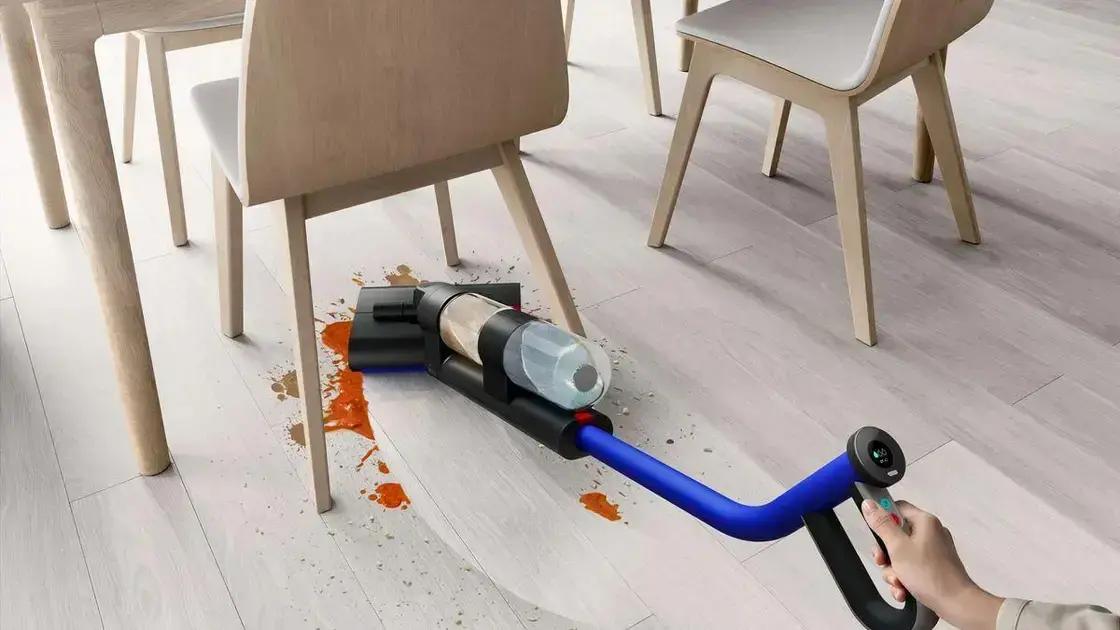In the world of technology, vacuum testing has emerged as a crucial method for ensuring product quality and performance. This technique is widely used across various industries, including electronics and automotive, to detect leaks and ensure airtight seals. As manufacturers strive for higher standards, vacuum testing plays a vital role in maintaining product integrity.
Understanding Vacuum Testing Techniques
Vacuum testing involves creating a vacuum environment to identify leaks in products. This method is particularly effective because it can detect even the smallest leaks that might go unnoticed in other testing methods. By using vacuum chambers, manufacturers can simulate real-world conditions and assess how well their products hold up under pressure.
One of the primary advantages of vacuum testing is its versatility. It can be applied to a wide range of products, from small electronic components to large automotive parts. This adaptability makes it an essential tool for quality assurance in manufacturing processes.
Moreover, vacuum testing is not only efficient but also cost-effective. By identifying leaks early in the production process, companies can save on materials and reduce waste. This proactive approach helps maintain a competitive edge in the market.
As industries continue to evolve, the demand for reliable testing methods like vacuum testing is expected to grow. Companies that invest in advanced testing technologies will likely see improved product quality and customer satisfaction.
Applications of Vacuum Testing in Various Industries
Vacuum testing is widely utilized in the electronics industry, where it ensures that devices are sealed properly to prevent moisture and dust ingress. This is particularly important for products like smartphones and tablets, where even minor leaks can lead to significant performance issues.
In the automotive sector, vacuum testing is essential for components such as fuel systems and air conditioning units. Ensuring that these systems are leak-free is critical for safety and efficiency. Manufacturers often rely on vacuum testing to meet stringent regulatory standards.
Additionally, vacuum testing is gaining traction in the medical device industry. As the demand for high-quality medical equipment increases, manufacturers are turning to vacuum testing to ensure the reliability and safety of their products. This trend highlights the growing importance of rigorous testing methods in sensitive applications.
Overall, the applications of vacuum testing are vast and varied. As technology advances, we can expect to see even more innovative uses for this testing method across different sectors.
In conclusion, vacuum testing is a vital process that helps manufacturers ensure product quality and reliability. By detecting leaks and maintaining airtight seals, companies can enhance their production processes and deliver superior products to consumers.
Via Samsung customers on T-Mobile discover exciting new benefits


